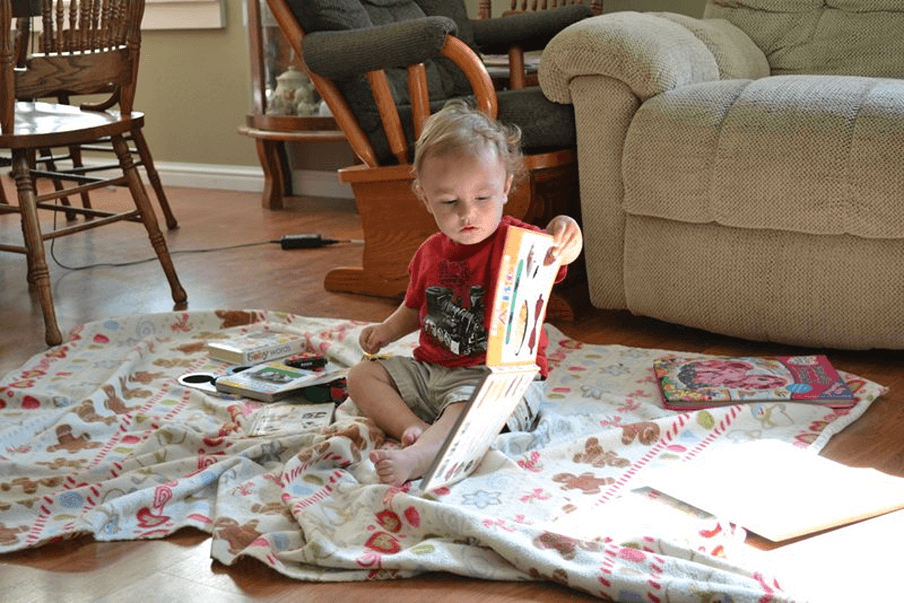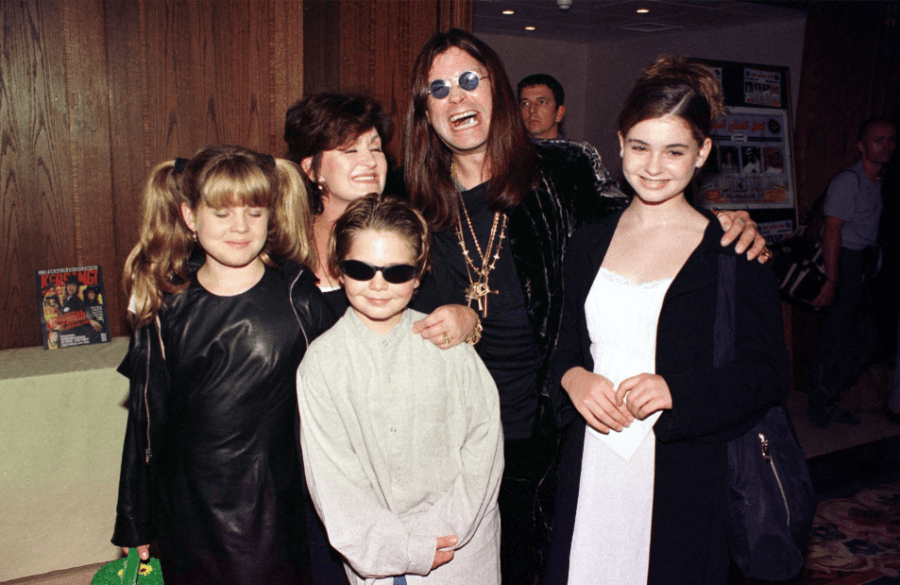📑Table of Contents:
Parenting methods come in all shapes. Some encourage freedom, while others focus on structure. But few sparks as much debate as blanket training.
For some, it’s a method that teaches discipline from an early age. For others, it’s an outdated, harsh practice. Either way, blanket training continues to stir strong opinions.
But what exactly is it? Where did it come from? And why is it so controversial in modern parenting discussions?
Let’s break it down.

What Is Blanket Training?
Blanket training is a discipline method that teaches babies and toddlers to stay in a designated area—usually on a blanket—for a set time.
The technique uses a simple setup. A small child is placed on a blanket with a few toys. The parent gives clear instructions not to leave the blanket. If the child crawls or walks off, the parent gently but firmly brings them back.
In more traditional versions, parents may use light swats or taps to discourage wandering. This part is where most of the controversy begins.
The goal is to teach obedience, self-control, and focus, starting as young as six months old.
Where Did Blanket Training Originate?
Blanket training gained popularity through Christian parenting books, particularly “To Train Up a Child” by Michael and Debi Pearl.
Published in the 1990s, the book promoted strict discipline as a way to raise obedient children. It emphasized consistency and early training. The Pearls believed children should learn limits through immediate correction.
Many parents in conservative religious communities adopted these ideas. Blanket training was viewed as a means to instill discipline without resorting to shouting or chaos.
However, critics argue that the method is rooted in control rather than compassion. And over time, psychologists and parenting experts began to push back.
How Does It Work in Practice?
Blanket training starts with consistency. Parents typically place a blanket on the floor, often accompanied by one or two toys. The child is told to stay on the blanket.
At first, sessions last only five to ten minutes. As the child improves, the time increases.
Every time the child tries to leave, the parent intervenes. In modern variations, this means picking the child up and returning them gently. In older approaches, it could involve a light tap with a spoon or hand.
The training is usually repeated daily, aiming to build obedience and attention.
Why Do Some Parents Use Blanket Training?
Some parents turn to blanket training because it seems structured and simple.
They say it teaches self-control at an early age. It provides a safe space for young children to play, especially in public or while doing chores.
Supporters argue that it lays the foundation for focus and respect. In homes with many children, parents say it helps manage routines.
Additionally, some appreciate the clear boundaries it sets—something many toddlers need during early development.
Why Is Blanket Training Controversial?

The method’s critics highlight several concerns.
First, blanket training often starts when children are too young to understand instructions. Babies under 12 months may not have the cognitive ability to comprehend rules or consequences.
Second, some forms of the method involve physical punishment. Even light taps, they argue, cross ethical lines—especially for non-verbal children.
Experts also worry that blanket training teaches obedience through fear rather than trust. Instead of exploring and learning naturally, children might become withdrawn or overly cautious.
Many pediatricians now recommend gentle parenting methods. These focus on connection, patience, and redirection, rather than forced stillness.
The Psychological View
Child psychologists caution against early behavioral control techniques, such as blanket training.
They argue that infants and toddlers need safe spaces to explore. Movement builds brain development. Curiosity drives learning.
Restricting movement at such a young age may cause developmental delays or increase anxiety.
Moreover, discipline rooted in physical correction can hurt emotional health. Children might internalize shame or confusion rather than learning cause and effect.
According to the American Academy of Pediatrics, positive reinforcement and active engagement are far more effective in the long run.
What Do Modern Parents Say?
Opinions on parenting are always evolving. Many millennial and Gen Z parents favor gentle approaches. They prefer to explain, guide, and empathize.
That doesn’t mean they let kids run wild. However, they use alternatives, such as playpens, baby gates, or structured playtimes, to keep children safe and focused.
Social media has also reshaped the conversation. Parenting influencers, therapists, and child development experts frequently highlight outdated methods. Blanket training, with its rigid roots, doesn’t align with these newer models.
Still, some parents swear by it. They say it’s about discipline, not punishment. For them, it’s a calm way to build boundaries from an early age.
Blanket Training vs. Other Approaches
Let’s compare blanket training to other common methods:
- Montessori approach: Focuses on freedom within limits. Encourages exploration through child-sized tools and safe environments.
- Positive parenting: Uses praise, communication, and logical consequences. Builds connection and trust over time.
- Time-ins (vs. time-outs): Encourage children to talk about emotions with caregivers, rather than isolating them during misbehavior.
In contrast, blanket training demands stillness and obedience from an early age. It relies more on physical correction than reflection. That difference is key to the ongoing debate.
Is Blanket Training Legal?
Blanket training, in its basic form, is not illegal. Placing a child on a mat or blanket and encouraging them to stay isn’t against the law.
However, physical discipline, depending on the level and context, can cross into abuse. Several cases tied to the Pearls’ methods have drawn legal attention and criticism.
That’s why many parenting groups caution against using blanket training, especially with infants or in combination with physical punishment.
Should You Try Blanket Training?
That decision rests with each family. But it should be an informed one.
Ask yourself:
- Is my child old enough to understand rules?
- Am I using fear, or am I teaching through connection?
- Could other tools help my child learn focus and calm behavior?
- Am I open to adapting if this method causes distress?
Every child is different. What works for one may not work for another. But understanding the risks and benefits is key.

Final Thoughts
Blanket training is a method steeped in discipline and debate. While some see it as a tool for focus, others view it as restrictive and outdated.
It’s essential to approach early childhood with care, intention, and empathy. Children thrive not when they’re forced to be still, but when they’re guided with love.
Before choosing any parenting method, consider the science, listen to your child, and follow your instincts.





